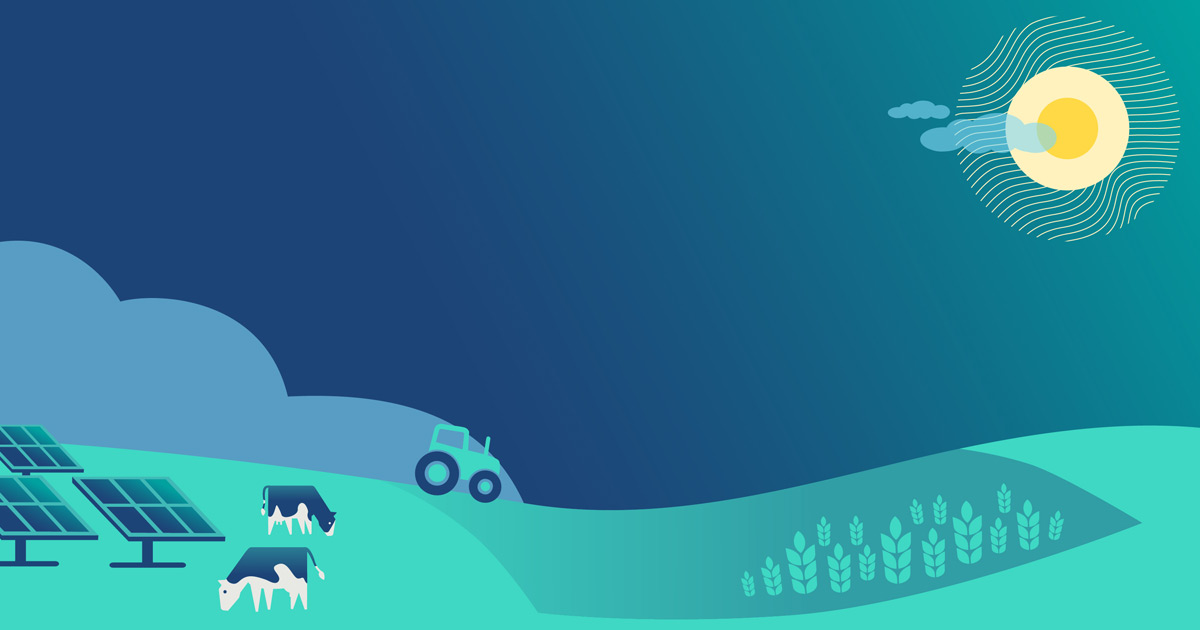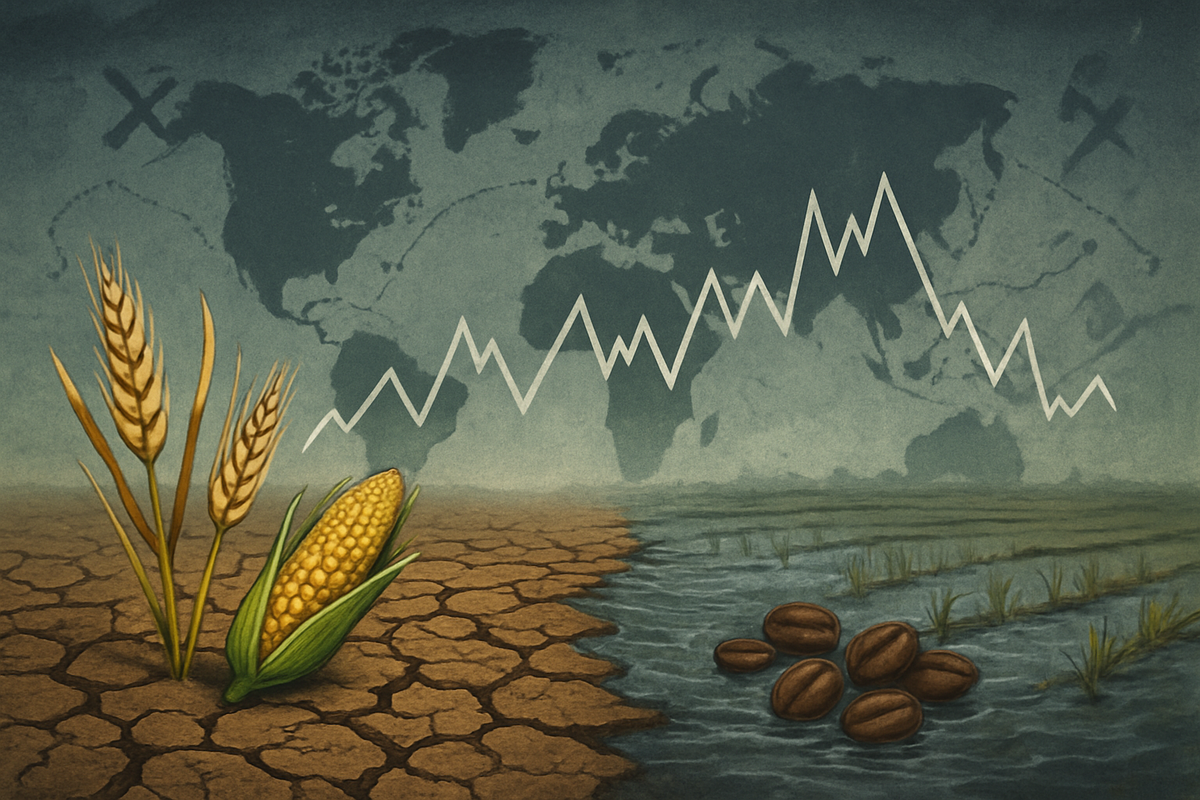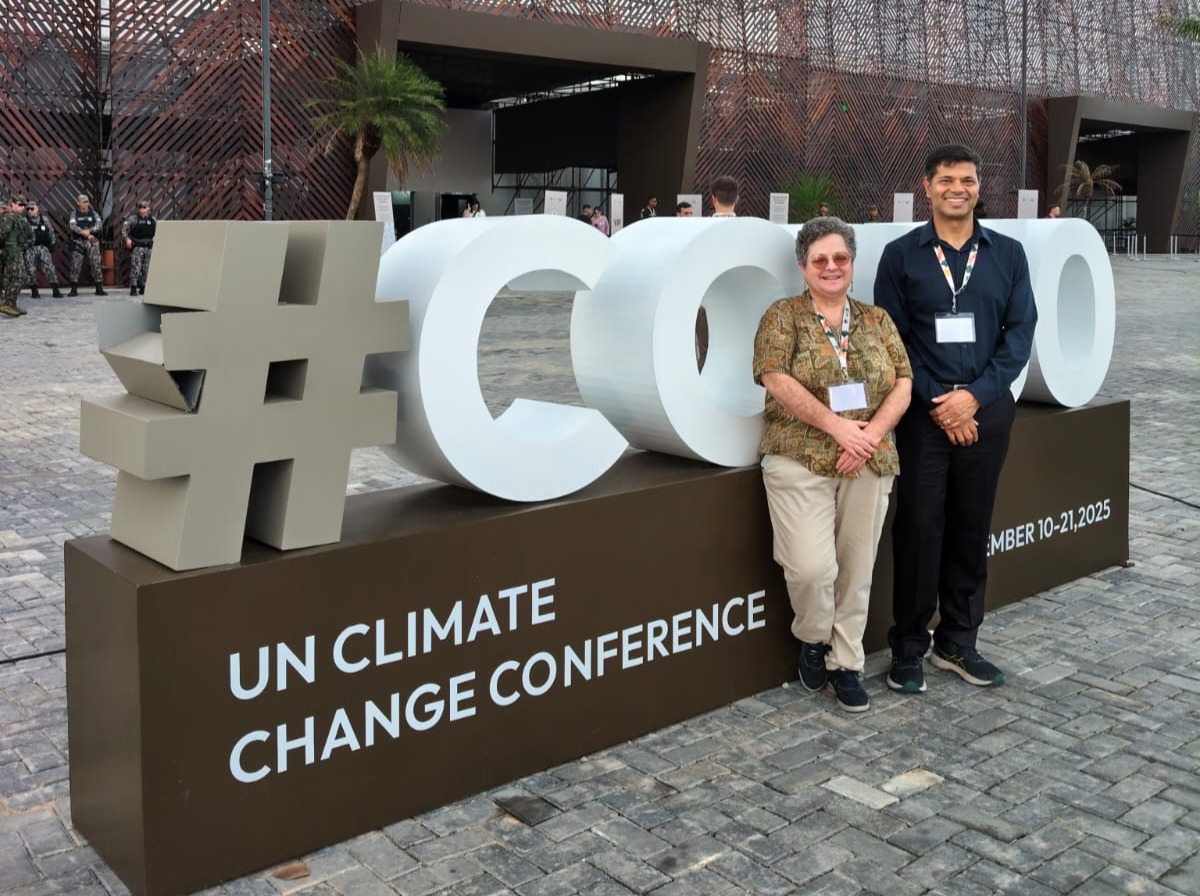Opinion: COP30 Will Be the Opportunity of A Lifetime to Improve Our Food Systems – Green Queen Media

Report on the Strategic Importance of COP30 for Global Food System Transformation and Sustainable Development Goals
Introduction: COP30 as a Critical Juncture for Agrifood Systems and the 2030 Agenda
The 30th Conference of the Parties (COP30) is positioned to be a pivotal event for integrating global food systems into international climate action frameworks. Analysis suggests that this conference represents a significant opportunity to accelerate progress towards multiple Sustainable Development Goals (SDGs) by addressing the environmental and social impacts of current agricultural practices. A transition towards more sustainable food production and consumption is essential for achieving the 2030 Agenda.
Aligning Food System Transformation with Key Sustainable Development Goals
The transformation of agrifood systems is intrinsically linked to the successful implementation of the SDGs. The current model, heavily reliant on industrial livestock production, poses significant challenges to sustainability. COP30 provides a platform to address these challenges directly.
SDG 2: Zero Hunger
Achieving food security and improved nutrition requires a fundamental shift in agricultural priorities. A sustainable food system is paramount to ending hunger.
- Current livestock-centric agriculture utilizes a disproportionate amount of land and resources for animal feed, which could otherwise be used for direct human consumption, thereby impacting food availability.
- Transitioning to diversified, plant-rich agricultural models can enhance food security by increasing the efficiency of land use and improving access to nutritious food sources.
- Promoting sustainable agricultural practices is a core target of SDG 2, directly linking food system reform with global efforts to eradicate hunger.
SDG 13: Climate Action
The agrifood sector is a major contributor to greenhouse gas emissions, making its transformation a critical component of any effective climate mitigation strategy.
- The livestock industry is a primary source of potent greenhouse gases, including methane (CH4) and nitrous oxide (N2O), which have a higher warming potential than carbon dioxide.
- Shifting global dietary patterns and production methods away from emission-intensive animal agriculture is a necessary step to meet the targets of the Paris Agreement.
- COP30 must encourage nations to incorporate ambitious food system targets into their Nationally Determined Contributions (NDCs) to ensure alignment with SDG 13.
SDG 15: Life on Land
The expansion of animal agriculture is a leading driver of deforestation, land degradation, and biodiversity loss, directly undermining the objectives of SDG 15.
- In regions like the Amazon, clearing land for cattle ranching and the cultivation of feed crops like soy is a principal cause of deforestation.
- This habitat destruction accelerates biodiversity loss and degrades ecosystems, compromising their ability to provide essential services, including carbon sequestration.
- A transition towards regenerative agriculture and alternative protein sources can alleviate pressure on terrestrial ecosystems, helping to restore degraded land and protect biodiversity.
Strategic Recommendations and Linkages to Further SDGs
A comprehensive approach at COP30 should involve policy reform, financial incentives, and support for affected communities, touching upon a wider array of development goals.
Policy Integration and Just Transition
Effective action requires a supportive policy environment that facilitates a just transition for all stakeholders, particularly smallholder farmers.
- SDG 3 (Good Health and Well-being): Promoting diets rich in plant-based foods can reduce the incidence of non-communicable diseases and improve public health outcomes.
- SDG 6 (Clean Water and Sanitation): Reducing reliance on industrial livestock farming, which has a significant water footprint and is a major source of water pollution, is crucial for protecting freshwater resources.
- SDG 8 (Decent Work and Economic Growth): Investing in sustainable food systems can create new green jobs in areas such as plant-based food innovation, agroecology, and ecosystem restoration, fostering inclusive economic growth.
- SDG 12 (Responsible Consumption and Production): Transforming food systems is central to achieving sustainable consumption and production patterns, reducing food loss and waste, and minimizing the environmental impact of our food choices.
The Role of Host Nation Brazil
As the host of COP30 and a major global agricultural producer, Brazil has a unique opportunity to demonstrate leadership.
- Brazil can champion policies that decouple agricultural production from deforestation, aligning with SDG 15.
- By supporting a just transition for its farmers towards more sustainable practices, Brazil can create a model for other nations, reinforcing SDG 1 (No Poverty) and SDG 10 (Reduced Inequalities).
Conclusion: A Call for Integrated Action at COP30
COP30 must serve as a catalyst for recognizing the central role of food systems in the climate crisis and the broader sustainable development agenda. Meaningful progress requires integrated policies that support a global shift towards sustainable, equitable, and resilient food systems. This transformation is not only a climate imperative but an essential pathway to achieving the Sustainable Development Goals by 2030.
Analysis of the Article in Relation to Sustainable Development Goals
1. Which SDGs are addressed or connected to the issues highlighted in the article?
Based on the article’s title, “Opinion: COP30 Will Be the Best Chance to Improve Our Food Systems,” and its description, which mentions a “pivotal shift in the fight for a better agrifood system,” several Sustainable Development Goals (SDGs) are directly relevant. The key themes of food systems, climate action (COP30), livestock, and farmer transitions connect to the following SDGs:
- SDG 2: Zero Hunger: The core focus on improving “food systems” and creating a “better agrifood system” directly aligns with SDG 2, which aims to end hunger, achieve food security, improve nutrition, and promote sustainable agriculture.
- SDG 12: Responsible Consumption and Production: The discussion around transforming food systems, particularly concerning livestock, relates to ensuring sustainable consumption and production patterns. This involves reducing the environmental impact of food production.
- SDG 13: Climate Action: The reference to COP30, the UN’s climate change conference, explicitly links the article’s topic to climate action. The livestock industry is a significant contributor to greenhouse gas emissions, making the transformation of food systems a critical climate mitigation strategy.
- SDG 15: Life on Land: Livestock farming is a primary driver of deforestation and land degradation, especially in regions like Brazil, which is mentioned in the article’s metadata. Therefore, improving food systems is crucial for protecting terrestrial ecosystems and halting biodiversity loss.
- SDG 8: Decent Work and Economic Growth: The mention of a “farmers transition” implies a focus on the socio-economic aspects of shifting to more sustainable agricultural practices, ensuring that the livelihoods of farmers are protected and that the transition promotes inclusive and sustainable economic growth.
2. What specific targets under those SDGs can be identified based on the article’s content?
The article’s focus allows for the identification of several specific targets under the aforementioned SDGs:
- Target 2.4 (under SDG 2): “By 2030, ensure sustainable food production systems and implement resilient agricultural practices that increase productivity and production, that help maintain ecosystems, that strengthen capacity for adaptation to climate change, extreme weather, drought, flooding and other disasters and that progressively improve land and soil quality.” The article’s call to “improve our food systems” directly points to this target by advocating for a shift away from current practices (implied to be unsustainable) towards more resilient and sustainable models.
- Target 12.2 (under SDG 12): “By 2030, achieve the sustainable management and efficient use of natural resources.” Transforming the agrifood system, particularly the livestock sector, is essential for reducing the strain on natural resources like land and water, which aligns with this target.
- Target 13.2 (under SDG 13): “Integrate climate change measures into national policies, strategies and planning.” The context of COP30 suggests that the article is advocating for food system transformation to be included in national climate action plans and policies, which is the essence of this target.
- Target 15.2 (under SDG 15): “By 2030, promote the implementation of sustainable management of all types of forests, halt deforestation, restore degraded forests and substantially increase afforestation and reforestation globally.” Given that livestock expansion is a major cause of deforestation, especially in Brazil, a transition in the food system as proposed in the article is a direct strategy to achieve this target.
3. Are there any indicators mentioned or implied in the article that can be used to measure progress towards the identified targets?
While the article does not explicitly state official SDG indicators, it implies several metrics that could be used to measure progress:
- Implied Indicator for Target 2.4: The article’s focus on transitioning from current livestock-centric systems implies a need to measure the proportion of agricultural land under sustainable and resilient practices. Progress would be seen in a reduction of land used for conventional livestock farming and an increase in land dedicated to more sustainable food production methods. This aligns with official indicator 2.4.1 (Proportion of agricultural area under productive and sustainable agriculture).
- Implied Indicator for Target 13.2: The discussion centered around COP30 implies that a key measure of success would be the integration of food system transformation into countries’ Nationally Determined Contributions (NDCs). The number of countries that explicitly include targets for reducing emissions from agriculture and livestock in their climate plans would be a direct indicator of progress. This relates to indicator 13.2.1 (Number of countries with nationally determined contributions, long-term strategies, national adaptation plans and adaptation communications).
- Implied Indicator for Target 15.2: The connection between livestock and deforestation in Brazil suggests that a critical indicator would be the rate of deforestation linked to agriculture. A successful transition in the food system would lead to a measurable decrease in deforestation rates, which is a key component of indicator 15.2.1 (Progress towards sustainable forest management).
4. Table of SDGs, Targets, and Indicators
| SDGs | Targets | Indicators (Implied from the Article) |
|---|---|---|
| SDG 2: Zero Hunger | Target 2.4: Ensure sustainable food production systems and implement resilient agricultural practices. | Proportion of agricultural area under productive and sustainable agriculture (e.g., reduced reliance on resource-intensive livestock farming). |
| SDG 12: Responsible Consumption and Production | Target 12.2: Achieve the sustainable management and efficient use of natural resources. | Reduction in the use of land and water resources per unit of food produced, particularly from the livestock sector. |
| SDG 13: Climate Action | Target 13.2: Integrate climate change measures into national policies, strategies and planning. | Number of countries including food system and agricultural emission reduction targets in their Nationally Determined Contributions (NDCs) for COP30. |
| SDG 15: Life on Land | Target 15.2: Promote sustainable management of all types of forests, halt deforestation, and restore degraded forests. | Decrease in the rate of deforestation directly linked to the expansion of agricultural land for livestock grazing and feed production. |
Source: greenqueen.com.hk
What is Your Reaction?
 Like
0
Like
0
 Dislike
0
Dislike
0
 Love
0
Love
0
 Funny
0
Funny
0
 Angry
0
Angry
0
 Sad
0
Sad
0
 Wow
0
Wow
0

















































.jpg.webp?itok=0ZsAnae9#)





:focal(1500,1000)/https://media.globalcitizen.org/a6/9a/a69a4720-d8a1-4715-b596-18738d03c05c/rotary_polio_hero_image.jpg?#)



















